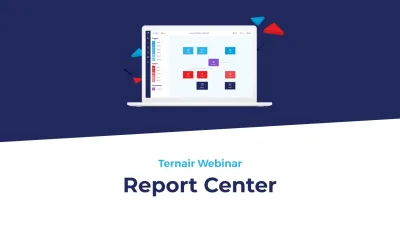Consumers today have a strong preference for a personalized customer journey that also runs through every conceivable touchpoint. It demands a lot from companies to meet these high expectations. As a marketer, you will therefore not only deploy the best tooling per touchpoint, but you will also have to connect those touchpoints in real time. In doing so, you build the very best customer journey your customers expect.
Personalized customer journey
The digital experiences we have with a brand like Coolblue, Picnic or Booking.com color our customer expectations. Brands and organizations that optimally personalize the customer journey not only have an edge over the competition, they raise the bar. To the consumer, it all seems so easy: Why doesn't that online store also have as much product information as Coolblue? Why can't I see where my delivery driver is like Picnic? This expectation transfer is a logical consequence of continuous innovation.How not to do it, every consumer also knows. Then, for example, you bought those tennis shoes three weeks ago, but you are still presented with them daily via retargeting. Or you receive the exact same e-mail every week with the same products that were not in your size. The relevance is missing, and these companies are also driving away their customers that way. A shame, because according to a study by Accenture, 91% of consumers are more likely to store with brands that recognize them and offer a personalized experience. In addition, McKinsey reports that successful personalization can provide 20% higher customer satisfaction and a 10 to 15% increase in conversion. So why are there still brands where personalization is underperforming?
Choosing the right tooling
Personalization is the end result you get by using data smartly. With the tremendous growth in online channels and devices that brands and customers interact with, there is a lot more data available that you can do interesting things with. However, the challenge lies in the interpretation of these different touchpoints. You can opt for a suite solution from one vendor or various solutions from multiple vendors: a best of breed solution. For each business process, you then choose the very best tooling available, which is why this approach is growing in popularity.Conceiving, developing and improving a specialized marketing tool has become very approachable with the rise of cloud. This is why the amount of marketing solutions on the market is currently exploding: according to Scott Brinker's 2020 martech (marketing technology) report, there were 8,000 martech solutions spread across 6 categories and 48 subcategories. From specific tools for emailing, marketing automation, webinars, loyalty and influencer management to CRM, MDM and e-commerce.All of these parties excel in one aspect, focus on that and expand on that according to the adage shoemaker stick to your last. A good example is headless CMS, where the frontend and backend of the website are decoupled so you can build each component optimally. Marketers naturally lean toward the best-of-breed approach because they often take their personal tooling preferences with them to their next employer or assignment.





